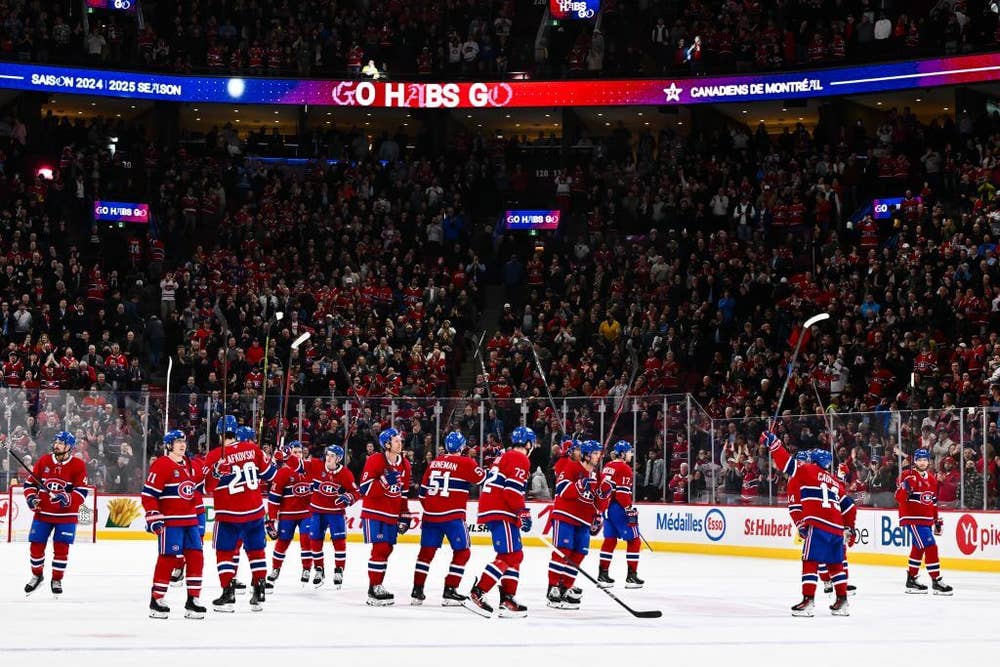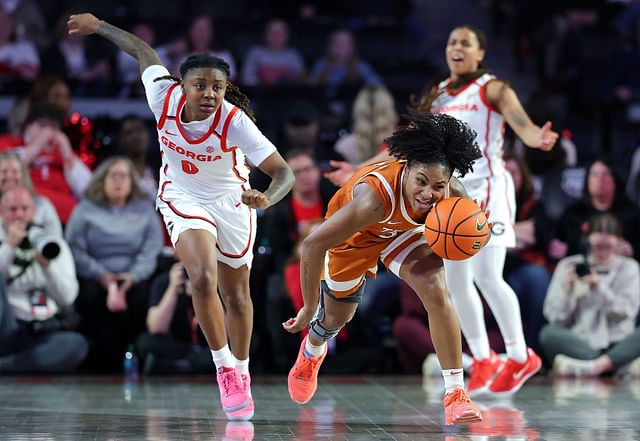As the NHL trade deadline passed in 2025, many teams in contention made moves to improve their rosters, while others opted to sell off assets in preparation for the future. Among the most interesting decisions came from the Montreal Canadiens, who made the choice not to engage in a full-blown selling mode despite the team’s uncertain position in the standings. General Manager Kent Hughes, a former agent known for his analytical approach, explained his rationale for not shipping out veteran players at the deadline and what this decision means for the franchise moving forward.
In a season where the Canadiens had shown flashes of promise but were still a few steps away from being legitimate Stanley Cup contenders, many expected Hughes to use the deadline as an opportunity to start reshaping the roster, especially given Montreal’s ongoing rebuild and the potential value some of their veteran players could fetch. However, Hughes made it clear that he had a bigger-picture vision in mind—one that focused on long-term stability and the growth of young players, rather than simply accumulating draft picks or trading away assets for the sake of a quick rebuild.
In this blog post, we’ll dive into Kent Hughes’ reasoning behind his decision not to sell at the trade deadline, the long-term strategy for the Canadiens, and what fans can expect as the team continues to evolve under his leadership.
### A Fresh Direction Under Hughes
When Kent Hughes took over as General Manager of the Montreal Canadiens in 2021, the team was coming off a surprising run to the Stanley Cup Final but had also suffered significant injuries and faced challenges in maintaining consistent performance. Hughes inherited a roster that included a mix of aging veterans, promising young talent, and a team still struggling to find its identity. Fast forward to 2025, and the Canadiens are in a transitional period, with the focus squarely on developing young players and setting the foundation for sustained success.
Under Hughes’ leadership, the Canadiens have embraced a more measured, thoughtful approach to team-building. His background as an agent has helped shape a data-driven philosophy, one that prioritizes long-term growth, player development, and a carefully constructed roster. Rather than focusing on immediate gains or making rash decisions, Hughes has consistently made moves that will help the franchise in the years to come.
So, when the 2025 NHL trade deadline came and went without any significant roster changes, it was clear that Hughes wasn’t merely playing the traditional “trade deadline game.” He was staying true to his larger vision for the Canadiens.
### Why Hughes Didn’t Sell at the Deadline
At the heart of Hughes’ decision not to sell was his commitment to building a team that is sustainable for the future. While some veteran players—like defenseman David Savard, winger Josh Anderson, and forward Sean Monahan—had been mentioned as potential trade bait, Hughes saw more value in keeping these players for the time being.
**1. Fostering Young Talent:**
A major factor in Hughes’ decision was his desire to continue nurturing the growth of Montreal’s younger players. The Canadiens have a strong pool of prospects, including the likes of Cole Caufield, Kirby Dach, and newly arrived prospects like Lane Hutson and Logan Mailloux. Hughes firmly believes that having a core group of established veterans around these young players is crucial for their development. By keeping veterans like Savard, Anderson, and Monahan in place, Hughes allows his younger stars to learn from proven professionals while contributing to the team’s success.
For example, Savard’s leadership and defensive presence are valuable assets to a young team still finding its footing. His experience can be vital for a group of up-and-coming defensemen who will need guidance as they mature into NHL-caliber players. Likewise, Anderson and Monahan bring not only skill but also leadership qualities that can help create the right environment for Montreal’s developing players. Hughes understood that trading away these key figures would have disrupted the balance the team was striving for.
**2. The Importance of Team Chemistry:**
Hughes also acknowledged the importance of team chemistry, especially in a season where Montreal’s young players have begun to show promise. The Canadiens have been competitive, and their core group of players, while still in the growth phase, is starting to gel. In a season where they have shown improvement, even if their playoff hopes are slim, Hughes didn’t want to risk unsettling the locker room with a fire sale. With a relatively young and relatively new team, it’s important to maintain stability, and that includes keeping veterans who provide guidance and leadership. The last thing Hughes wanted to do was create unnecessary turmoil by sending out some of the veteran players that were helping stabilize the team on the ice and off it.
**3. The Trade Market Didn’t Align:**
Another factor behind Hughes’ decision was the nature of the trade market itself. As the trade deadline approached, there were not as many enticing offers for the Canadiens’ veterans as some might have expected. Teams that were buyers didn’t necessarily view Montreal’s players as “game-changers” who could push them over the top. In addition, Hughes is known for his patience and unwillingness to make moves that don’t align with the Canadiens’ long-term plan. If the return for a player doesn’t make sense in terms of improving the team’s future or doesn’t provide an immediate, tangible upgrade to the roster, Hughes has no qualms about holding onto those assets.
This cautious approach means that Hughes wasn’t swayed by the typical deadline pressure to make a deal just for the sake of doing something. Rather than accepting offers that were not in line with his vision, he chose to stay the course and wait for a better opportunity to improve the team—one that aligns with his longer-term strategy.
**4. Playoff Hopes and Long-Term Perspective:**
While it’s true the Canadiens were not in a prime position for a deep playoff run in 2025, Hughes didn’t want to abandon the possibility of a late-season push. The Canadiens have been competitive, and their young core has shown that it can compete against some of the league’s best teams. By keeping the roster intact and maintaining momentum, Hughes allowed his team the chance to finish the season strong.
Importantly, Hughes believes that making smart decisions now, instead of panic moves, will ultimately put Montreal in a better position for the future. A half-hearted attempt to “sell” and acquire future assets could result in short-term disruption, and Hughes didn’t want to compromise the future stability of the franchise for marginal returns.
### What Comes Next for the Canadiens?
Looking ahead, the Canadiens’ decision to hold steady at the trade deadline has significant implications for the future. Hughes has made it clear that the goal is to build a contender that can compete consistently for championships, not just one-off playoff appearances. By maintaining stability in 2025, the Canadiens are positioning themselves for greater success down the road.
**1. Focus on Player Development:**
In the coming months, the focus will continue to be on player development. Players like Caufield and Dach will continue to be integral to the team’s offensive attack, and Montreal will rely on the likes of Mailloux and Hutson to continue progressing as future NHL contributors. Hughes will also likely be closely monitoring the progress of other prospects in the Canadiens’ system, ensuring they are on track to make a seamless transition to the NHL.
**2. Potential Moves in the Offseason:**
While the trade deadline passed without major moves, Hughes could be more active in the offseason. Depending on how the team finishes the season and where they stand in terms of cap space and available assets, Hughes may look to acquire additional pieces to help accelerate the rebuild. If a major player or impactful trade opportunity arises, the Canadiens could be more willing to pull the trigger in the summer, especially as the team continues to grow and its needs become clearer.
**3. Long-Term Vision:**
Overall, the Canadiens’ long-term vision under Kent Hughes is one of patience and strategic growth. Hughes has shown a clear commitment to building a team that can compete for championships in the future while also prioritizing the development of young players. While this may mean some frustrating years ahead in terms of immediate success, it’s also a plan that sets the team up for sustained success.
### Conclusion: A Steady Hand in a Transitional Time
Kent Hughes’ decision not to sell at the 2025 NHL trade deadline was a reflection of his steady hand at the helm of the Montreal Canadiens. Instead of making rash moves, Hughes is focused on creating a sustainable, competitive team built on the development of young talent and the leadership of veterans. While the Canadiens may not be contenders in 2025, Hughes’ long-term vision should give fans optimism for the future. The team is on the right track, and with patience, the Canadiens could soon return to prominence in the NHL.






Leave a Reply